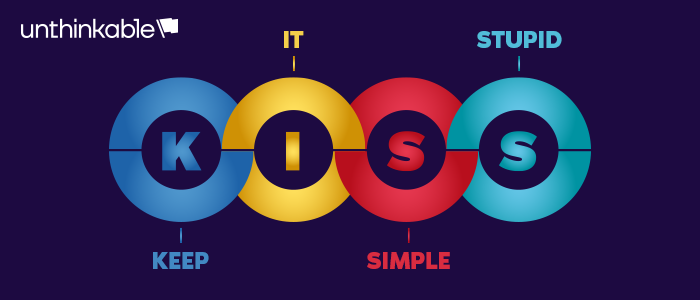Communication through Storytelling: Messaging and Persuasion
Storytelling is the art of conveying a message or idea through a narrative structure that engages the audience on an emotional level. In the context of innovation, storytelling can be used to communicate new ideas, products, or services to potential users or investors. The goal is to create a compelling narrative that captures the attention of the audience and inspires them to take action.
Effective storytelling involves several key elements, including a clear message or theme, a relatable protagonist, a well-defined conflict or challenge, and a resolution that is satisfying to the audience. The story should also be delivered in a way that is engaging and memorable, using techniques such as humor, drama, or surprise to capture the audience's attention.
There are several benefits to using storytelling in innovation. Firstly, storytelling can help to simplify complex ideas or concepts, making them more accessible and understandable to a wider audience. Secondly, storytelling can help to create an emotional connection with the audience, building trust and rapport that can lead to greater engagement and buy-in. Finally, storytelling can help to differentiate a product or service from competitors, by creating a unique and compelling narrative that sets it apart.
To innovate storytelling, messaging and persuasion can be used to create more impactful and effective stories. This can involve using metaphors or analogies to help the audience understand complex concepts or using persuasive language to inspire action or change behavior. For example, the environmental organization Greenpeace uses powerful imagery and storytelling to raise awareness about environmental issues and inspire action. By telling compelling stories of the impact of climate change on people and the planet, Greenpeace is able to motivate individuals and governments to take action to address the problem.
Another method of innovating storytelling is through the use of technology. Augmented reality, virtual reality, and other immersive technologies can be used to create interactive and engaging stories that are more memorable and impactful than traditional forms of storytelling. For example, the National Geographic Museum in Washington, D.C. uses virtual reality experiences to transport visitors to different parts of the world and engage them in a compelling narrative about conservation and exploration.
Sum up, storytelling is an effective way to communicate ideas, products, or services in an engaging and memorable way. Effective storytelling involves a clear message, a relatable protagonist, a well-defined conflict, and a satisfying resolution. By innovating storytelling through messaging and persuasion, or through the use of technology, organizations can create more impactful and effective stories that capture the attention of their audience and inspire action.
Other Aspects of Storytelling ....
- Use visual aids: Visual aids such as charts, diagrams, and images can help to reinforce the message and create a more engaging and memorable story.
- Engage the audience: By asking questions, soliciting feedback, or inviting participation, storytellers can create a more interactive and engaging experience for the audience.
- Use humor: Humor can be an effective way to break the ice and create a more relaxed and engaging atmosphere for storytelling.
- Use repetition: By repeating key messages or themes throughout the story, storytellers can help to reinforce the message and increase its impact on the audience.


Comments
Post a Comment